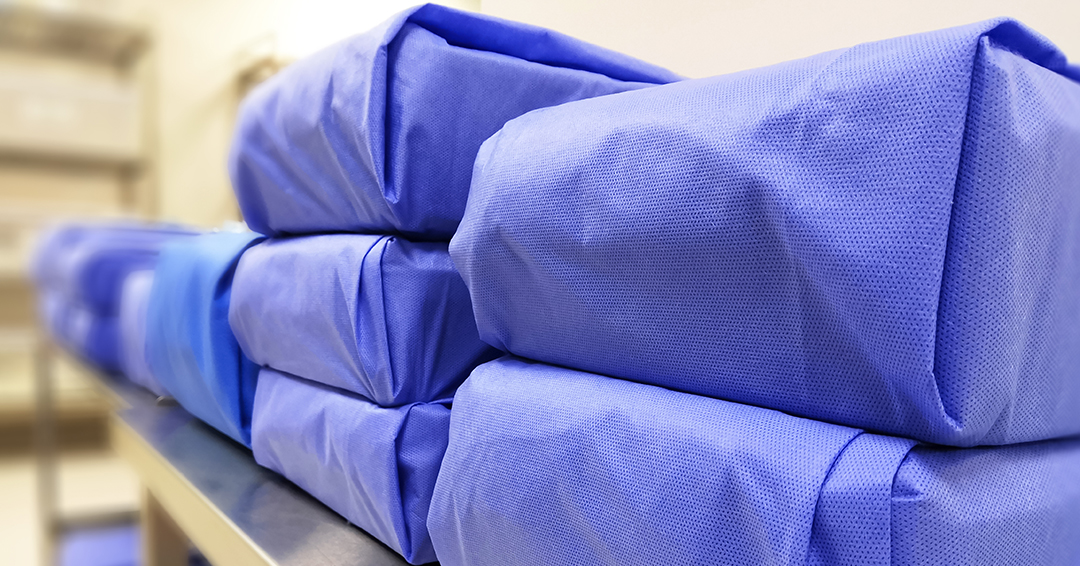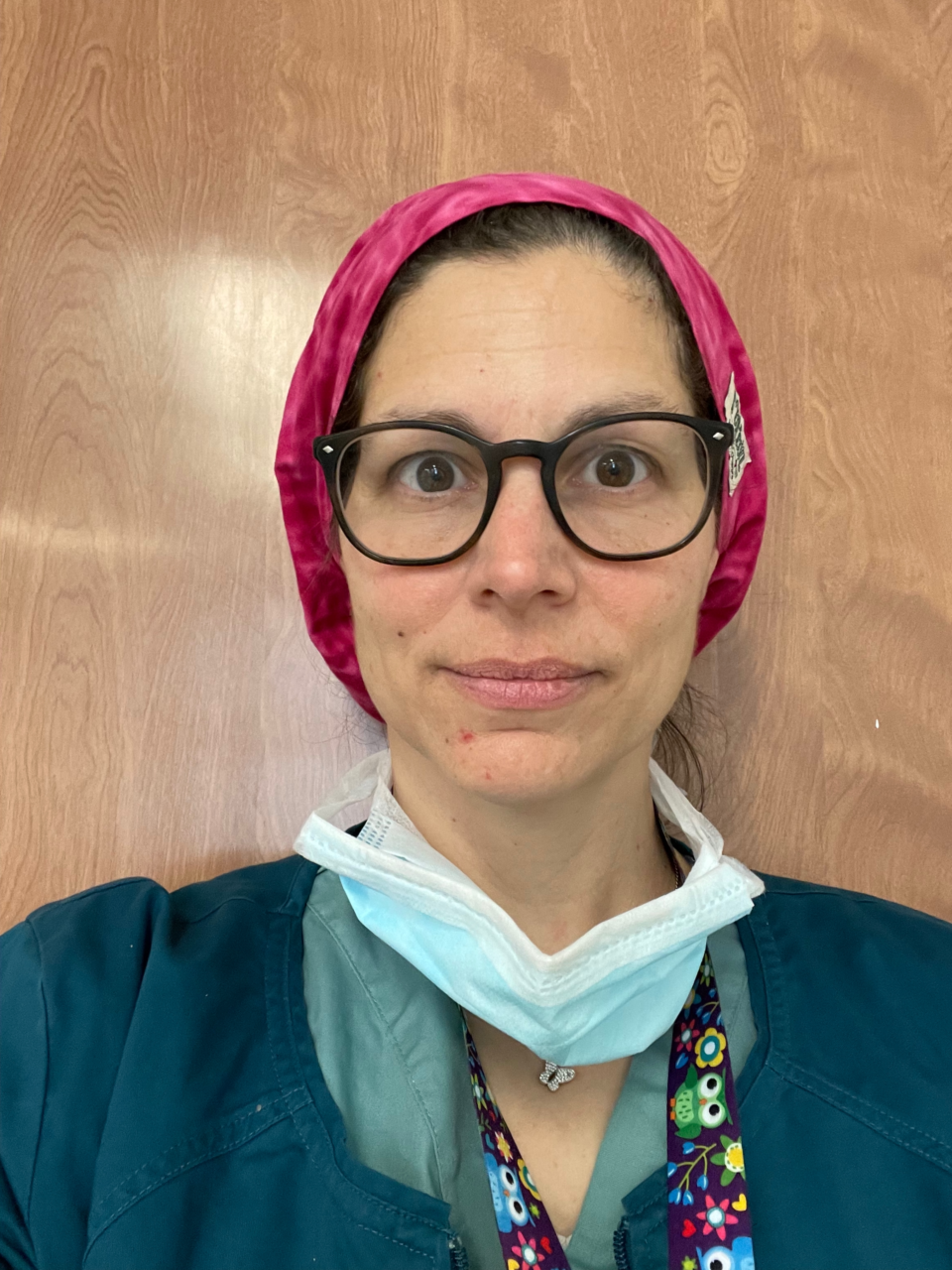

Climate change is the biggest health threat of the 21st century according to many health organizations around the world, including the Centers for Disease Control and Prevention to the World Health Organization. “This is not in doubt,” confirms, Lyndia Dernis, MD, Assistant Professor in the Department of Anesthesiology at McGill University based at the St. Mary’s Hospital Center. “The impacts range from severe weather events and increases in heat-related illness to expansion in the range of diseases like West Nile Virus and Malaria.”
Human health is intrinsically linked to the health of our planet. Yet health care generates a massive environmental footprint. Perhaps unsurprisingly, the United States has the least green healthcare system per capita. But Canada is not far behind, only recently pushed into third place by Japan because of their switch to fossil-fuel energy after the Fukushima nuclear disaster.
“As health care contributes so much to climate change it’s only natural that healthcare workers are involved in trying to fix it,” says Dr. Dernis, who drove the establishment of the Saint Mary’s Hospital Anesthesia and Environment Committee in 2020, often simply referred to as the Green Committee by hospital staff.
Following the Reduce-Reuse-Recycle ideology, with the addition of a fourth “R” for Rethink, the committee aims to reduce the hospital’s environmental footprint while achieving cost savings. It is a philosophy similar to that championed by Nick Watts, MD – Chief Sustainability Officer at the National Health Service (NHS) in the United Kingdom, which is leading the world in sustainability and aims to become carbon-neutral by 2040.
“The NHS has done an incredible job documenting the source of emissions from within the healthcare system. Their work revealed that anesthetic gases contribute as much as five percent of a hospital’s emissions,” recalls Dr. Dernis. “That’s a huge amount and it tells us that even small specialties, like anesthesia, can make a big difference to carbon footprints by rethinking practices.”
For example, Desflurane is one of the most common anesthetic gases used in hospitals today; but it is also one of the most harmful to the environment. The vast majority of anesthetic gases are vented from the operating room (OR) directly into the atmosphere. According to the NHS, using a single bottle of Desflurane has the same global warming effect as burning 440 kilograms of coal. “It turns out that another commonly used gas, Sevoflurane, is 20 times less damaging to the environment,” says Dr. Dernis. “While it requires a little more monitoring by the anesthesiologist, the effect on patients is very similar.” Saint Mary’s gradually transitioned to Sevoflurane, before eliminating Desflurane entirely in 2019. In addition to reducing emissions by 300 tons of equivalent carbon dioxide per year (roughly the same as that produced by 210 gas-powered cars), St. Mary’s also saves $32,000 annually because Sevoflurane is significantly less expensive.
Dr. Dernis and the Green Committee have now turned their attention to recycling in the OR, which generates around one third of a hospital’s total waste. “Most OR waste is completely sterile because it is only used as packaging,” explains Dr. Dernis. One of the biggest waste culprits is the ubiquitous blue wrap that covers most items that enter the OR. At Saint Mary’s Hospital around 400 kilograms are discarded monthly, most of which ends up in landfills. “We are now able to collect and recycle blue wrap,” notes Dr. Dernis. “But in addition, we’ve switched to using metal boxes to transport surgical instruments, which can be cleaned, sterilized and reused.”
Dr. Dernis notes that the program of carbon footprint reduction is going well and continues to progress. A recent audit showed that the OR itself produces 1,14 tons of waste per week from its six operating rooms. This translates to an average of 10,9 kilograms of waste per patient coming for surgery. 15,6% of this waste is recycled with a recycling accuracy above 96%.
Many of the ideas being implemented by Dr. Dernis and the Green Committee are not new or ground-breaking – they are existing ideas that simply need driving forward by those keen to make a difference. “It’s hard to see all this plastic and just ignore it,” says Dr. Dernis. “We’ve shown that we can do small things, at virtually no cost, that have a big impact.”
Dr. Dernis and the Green Committee are doing their best to spread the word. “The more you advocate and bring people together, the more you are able to move these ideas forward,” she explains. “I try to follow the advice given by the NHS’s Dr. Watts and talk about climate change to at least one person every day in the hope that it will make a difference.”
